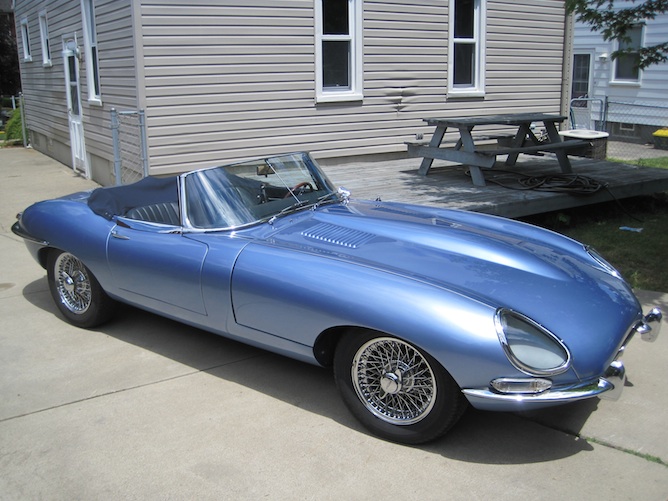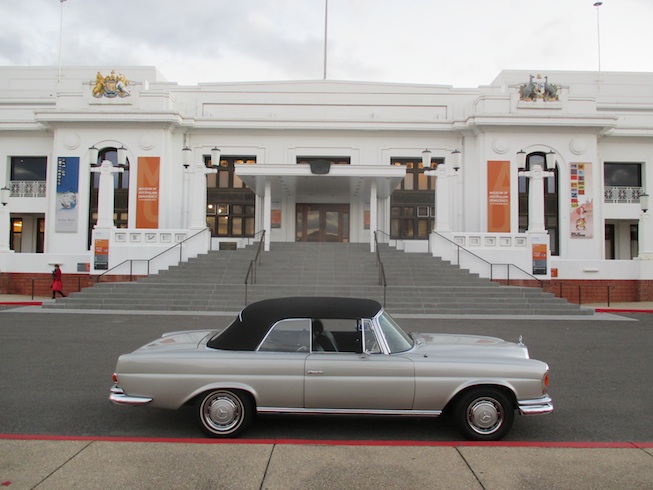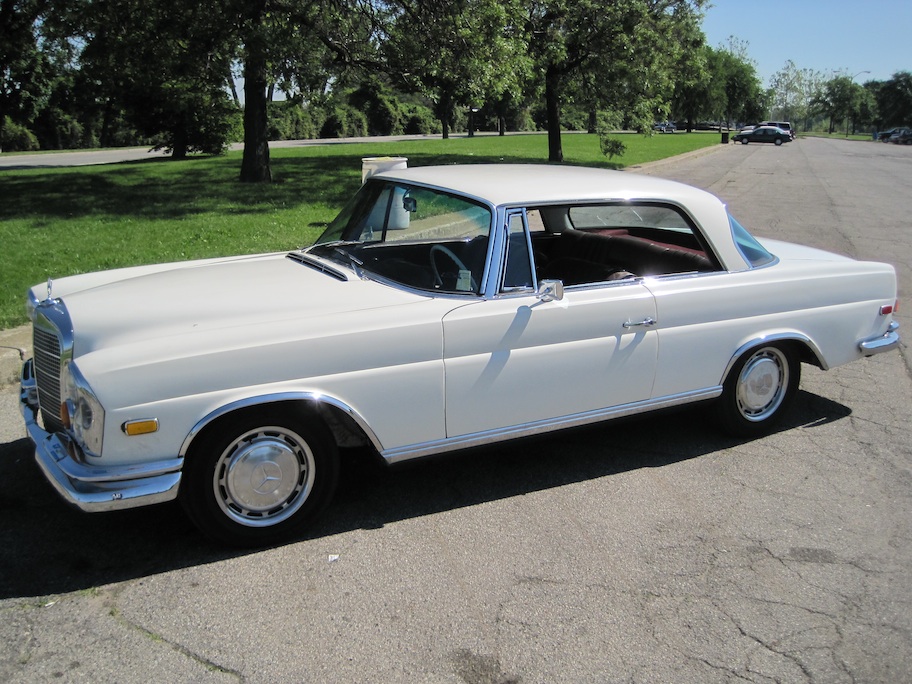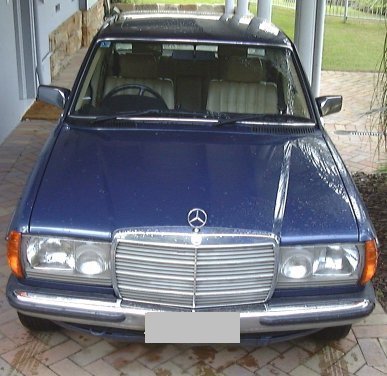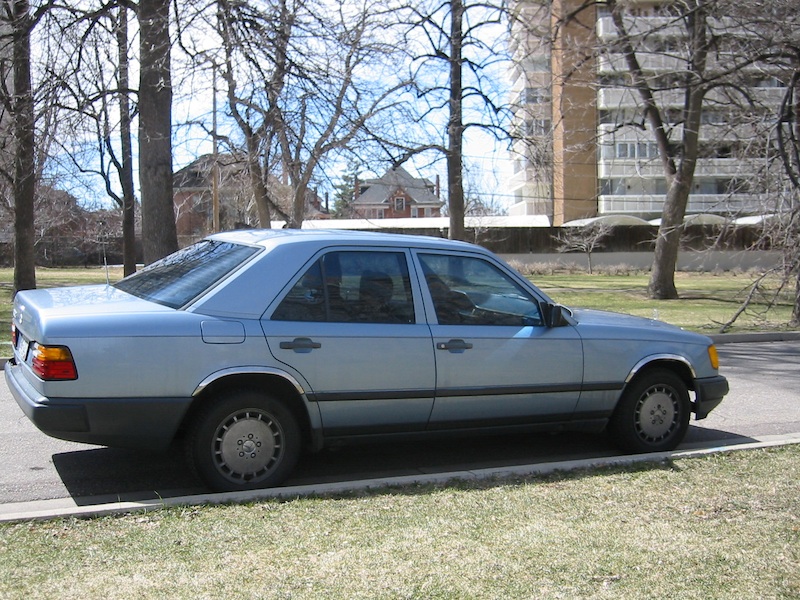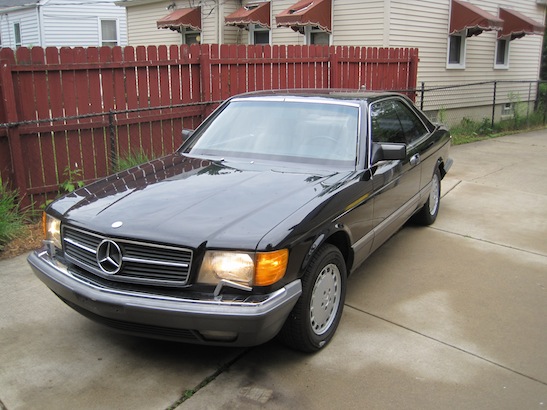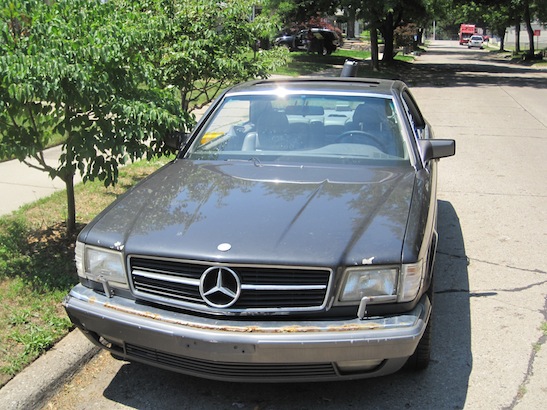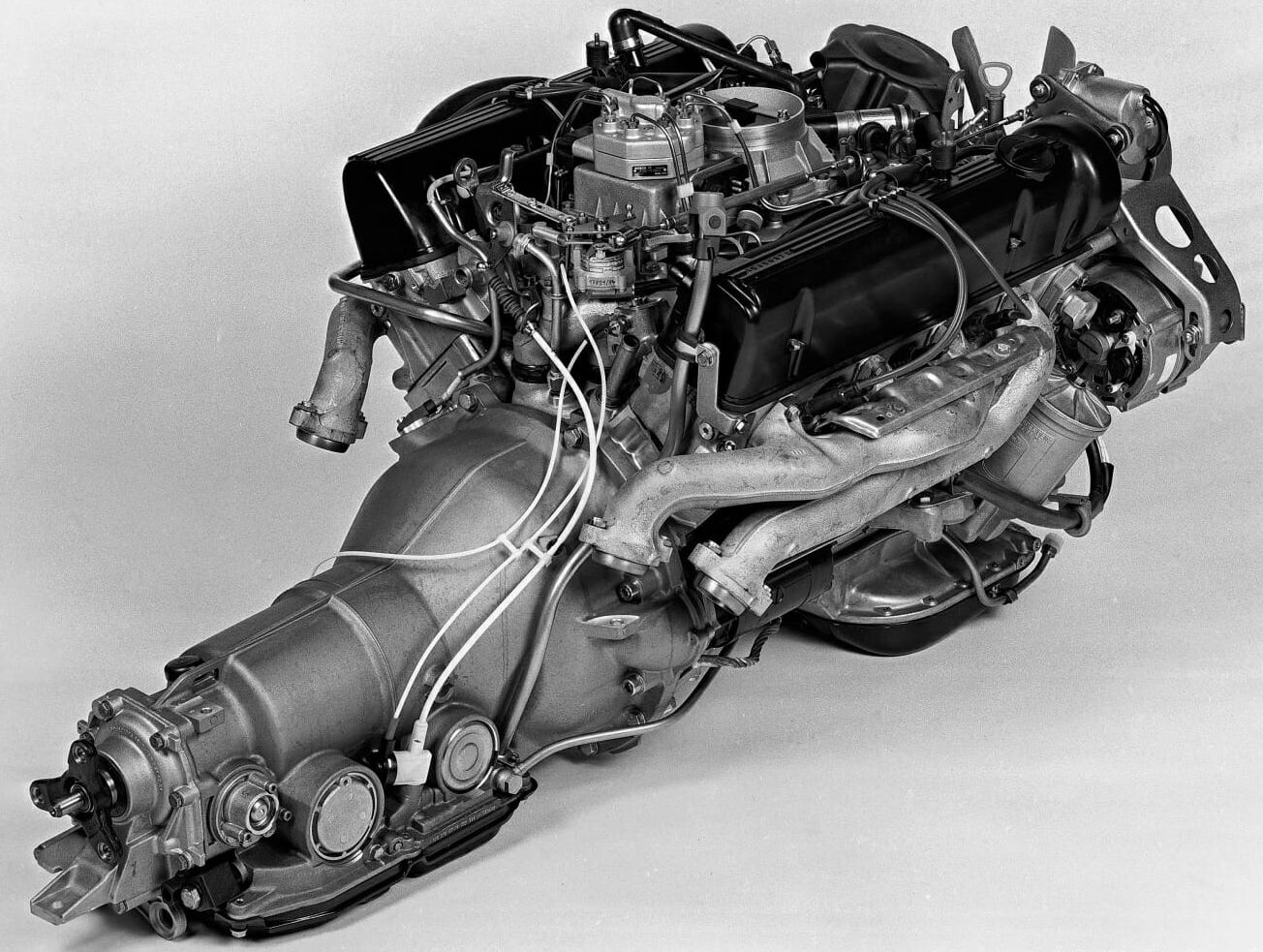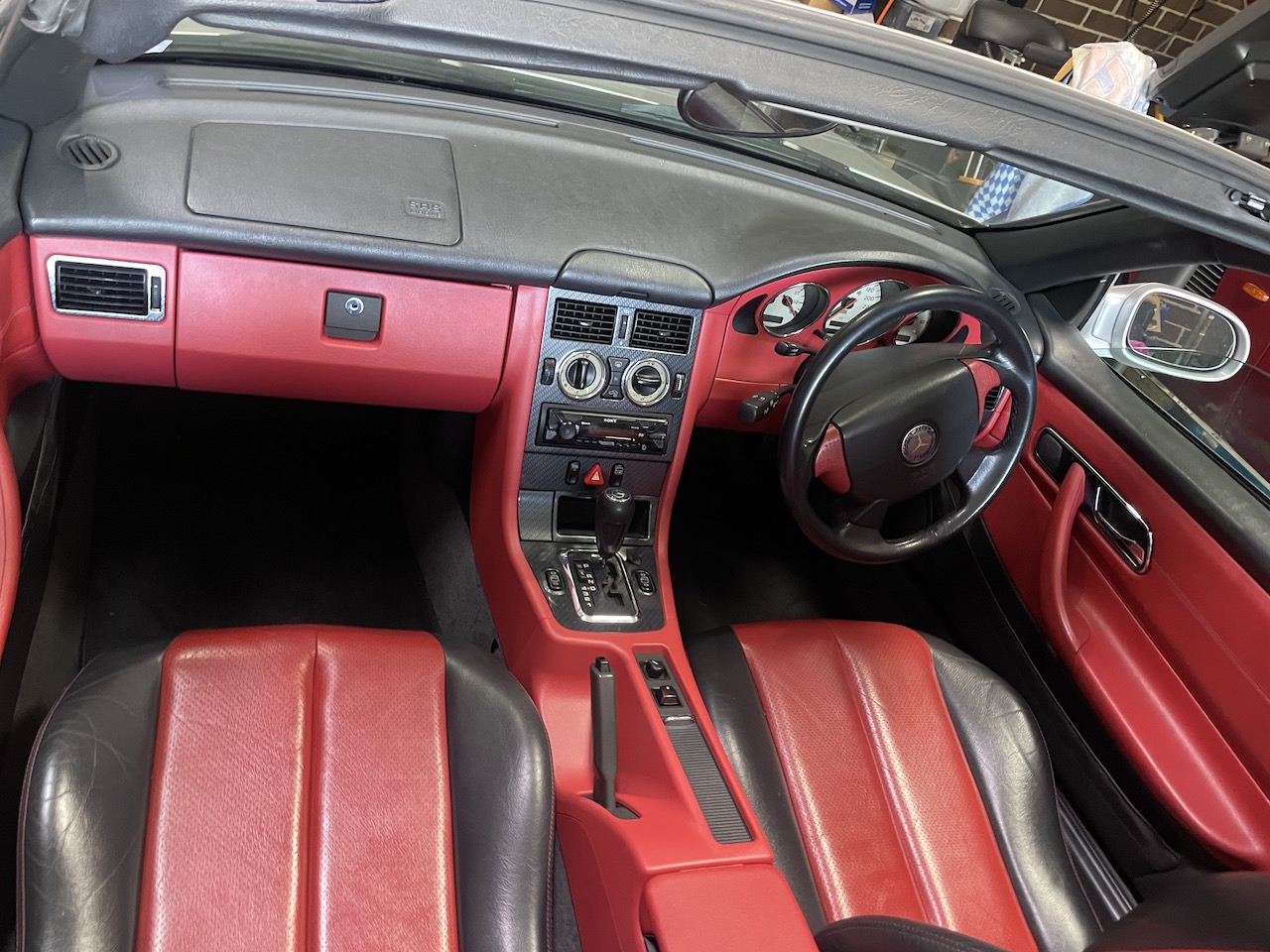Guest Post: W116 450SE – M117 Rocker Arm Wear
Editors Note: This is part three in a series by Nick Gruzevskis about owning a 1978 Mercedes 450SE W116. The first part covered the purchase and cosmetic restoration and the second covered some further maintenance. It’s been a while since I’ve been able to write, as after work hours my focus had been on organising the MBCV 2025 Mercedes-Benz Concours d’Elegance. As the event...

















